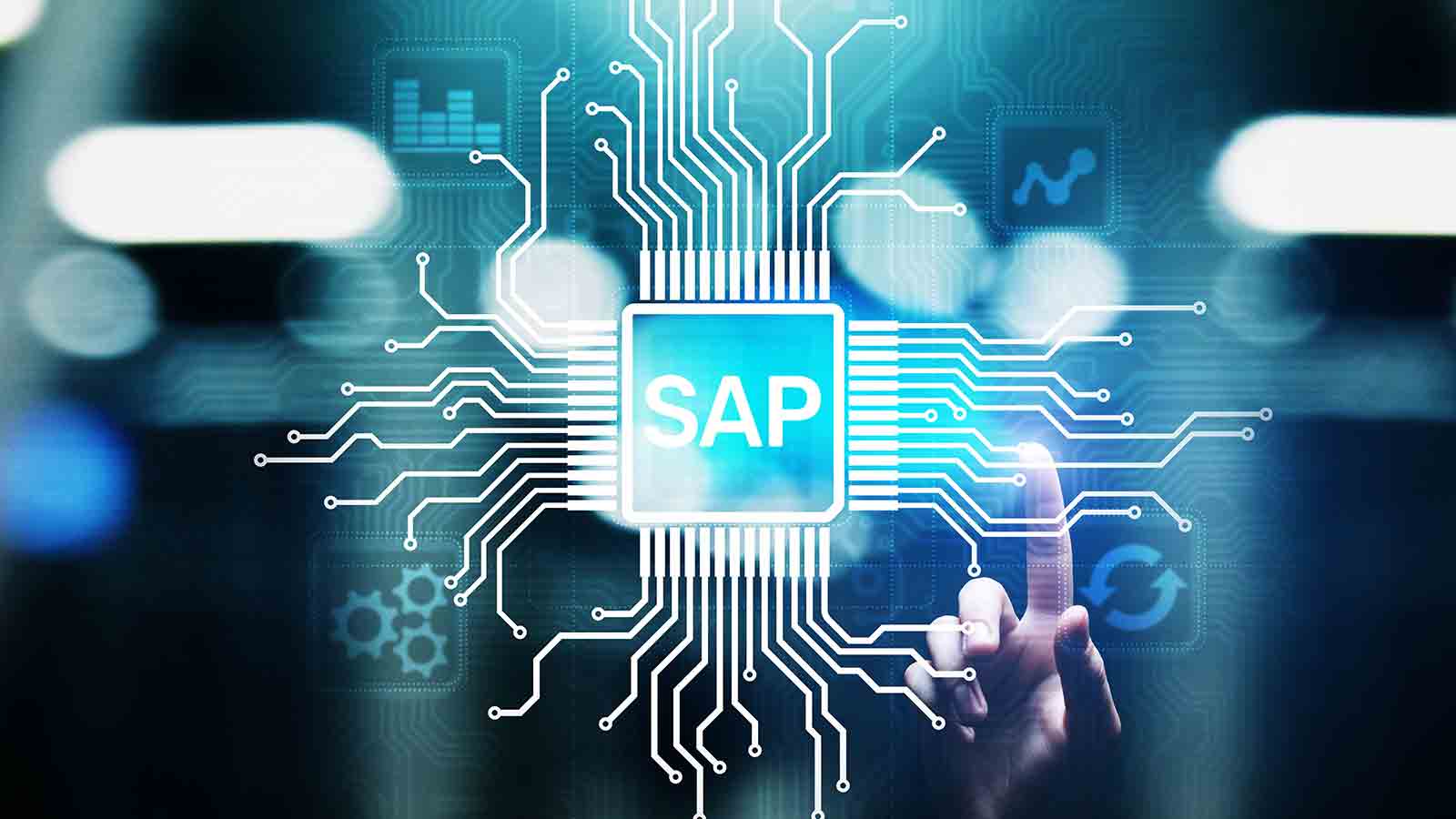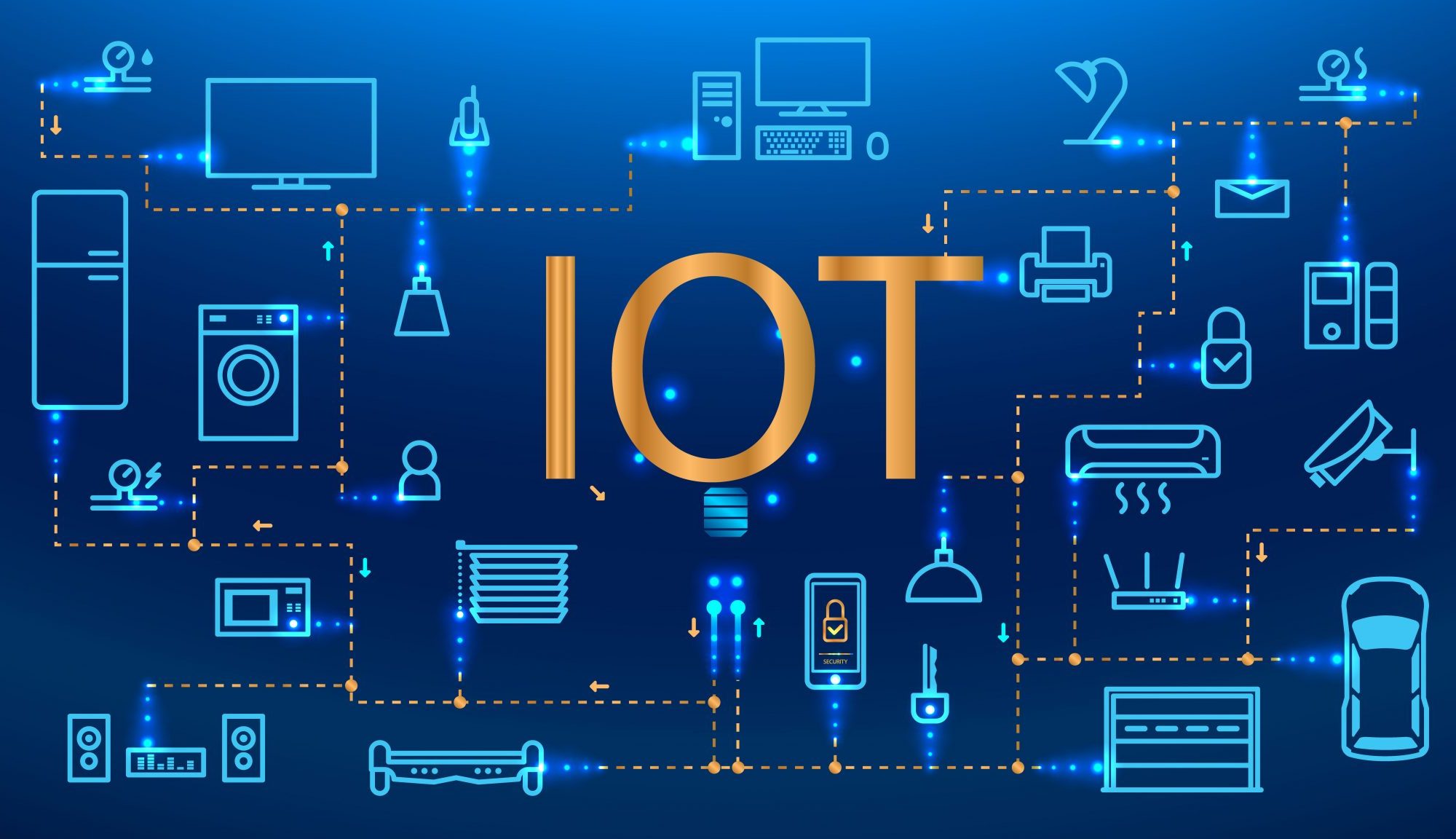The Internet of Things can be a potent technology with several choices in terms of connectivity, hardware and use cases already available in the market. In 2019, IoT had a fabulous year. As per IoT analytics, active IoT devices touched 9.5 billion in 2019 exceeding the initial expectations of 8.3 billion. IoT’s impact is very much evident from the extremely positive data, like its reach within companies. As per Vodafone, currently over one-third of companies opt for IoT solutions to smoothen procedures, bring down functional costs, enhance data collection etc. It’s very surprising to note that these companies mostly prefer to purchase the shelf solutions instead of building their own ones in-house.
The TOP 10 IoT trends
We have strived to compile the top 10 trends pointed out by experts and looking at the chief venture capital functions involving the IoT sector in the previous year. This is what we have unearthed:
Technology trends
From technological perspective we have zeroed in 4 major trends:
Safety
Security is a major concern for those building and utilizing IoT solutions now. This is very much evident from over 100 million attacks in the first 6 months of 2019 alone. A cybersecurity startup, Armis, became the first major meltdowns in 2020. It is almost certain that this happens to be a domain in which investment and the research of the essential countermeasures will be an evolving trend this year and going forward as well. Most of the experts feel that the usage of blockchain can be a critical factor in increasing security in the IoT.
SaaS
Software as a Service is another integral aspect in the IoT world. The advantages are many for both end customers and service providers. The former benefit from cost-effectiveness to a large extent; the latter get the facility to build highly sophisticated solutions and to offer those, straightly or in marketplaces, on a larger scale. The newly launched Professional Public Servers also adheres to this trend. In fact, the SaaS LoRaWAN Network Server solution was developed to assist IoT companies in their evolution minus frivolous expenditures of setting up.
Edge Computing
The cost reduction and the enhanced potency of the devices utilized in the IoT render it convenient to harness the additional computing power of the devices to sift data gathered on the edge (on the device itself, prior to dispatching the data) and permit the conservation of big bandwidth. Also, in several cases, it assures perfect compliance with privacy norms.
Data Analytics
Large scale acceptance of IoT solutions has led to increased data gathering and channelling of every kind of data. Handling and assessing this data defines the genuine value addition that IoT brings to the table. Data assessment, Machine Learning and Artificial Intelligence will naturally have a critical and decisive part. Our exposure conveys that understanding how to assess and comprehend data becomes imperative for an efficient handling of a network, especially if it happens to be a huge deployment. For the same, we are building solutions to assist our customers through these endeavors.
Industry trends
The sectors to witness an IoT explosion in 2020, as per experts?
Smart City
Cities are very much integral to our society, as close to 60% of the global population resides there. In the urban arena, the services that individuals avail can be greatly enhanced courtesy the IoT solutions in the market. The cities in this field are proving the worth of the Internet of Things and several other cities are resultantly following their examples so that smart city attains major traction by 2020.
Industrial Internet of Things (IIoT)
The manufacturing industry has learned the effectiveness of Predictive Maintenance, Energy and Resources management solutions. These are enhancing productivity, assisting larger optimization of resources and procedures, cutting down running expenditures and maximizing operator security. The amount of Proofs of Concept (POCs) offering a commercial solution has largely increased in the last 2 years and the way of digital transformation, including conventional industry sectors, is spreading its tentacles.
Smart home
The voice-identifying algorithms are now very much precise and working perfectly. Hence, the devices built with voice user interface are increasing greatly courtesy the competitive prices, as a result of the robust competition between the big players functioning in the market. Their pervasive diffusion can accelerate the adoption of home automation and smart home solutions as these devices facilitate several services meant for any home environment.
Healthcare
This happens to be a sector where a lot of money comes in, and innovations are no longer restricted to new drugs or biomedical implants. Perennial disease tracking via smart devices, after surgery monitoring or early warning systems for disease-prone patients, intelligent tricorders and wearable devices, medical and diagnostic smart tools for clinicians, and devices to turn hospital rooms smart. As per Frost & Sullivan, the Internet of Medical Things (IoMT) is bound to reach $72.02 billion by 2021.
Usual trends
Apart from the aforesaid trends we should include 2 more.
These happen to be two trends intrinsic to the technologies and sectors showcased above.
Surrounding 2020 happened to be a year which made the world population learn more of Corona change and these issues have made their way into the policies of governments and corporations. The IoT has a critical part to handle these world crises to save the planet. As a matter of fact, while devising IoT solutions, financial and higher productivity missions are unified with environmental safeguard, waste curtailment and optimal utilization of resources. This segment even comprises solutions for observing and safeguarding animal species at risk and their habitats, and disaster solutions (floods, fires, avalanches) prevention and management.
Comprehensive Connectivity: Despite transmission technology utilized to gather data from sensors and then collate those, solutions to assist procedures of global reach such as asset monitoring and management in food, manufacturing or medical applications need imminent and constant connectivity to assure uniformity and process safety. With regard to companies operating globally or wanting to handle and solve this year. We are in the midst of accomplishing the same.
Final Thoughts
The year has not been excellent, but going forward the forecast is not bad either. We are glad to contribute through our solutions and can very well assist you to cope with transformations that are going to happen in the future.




